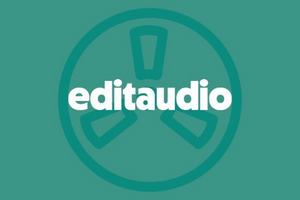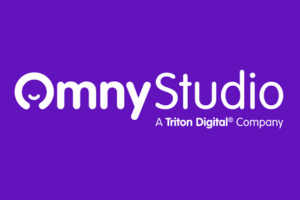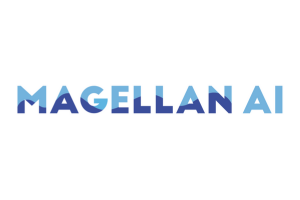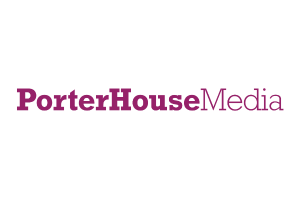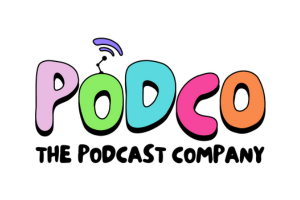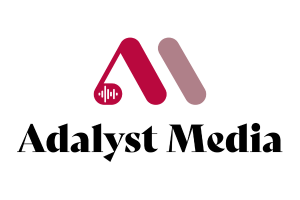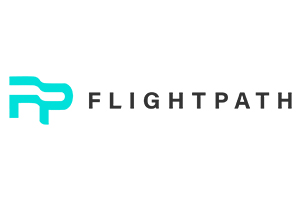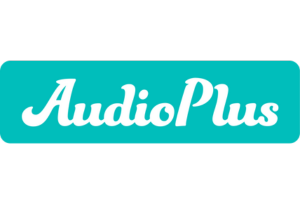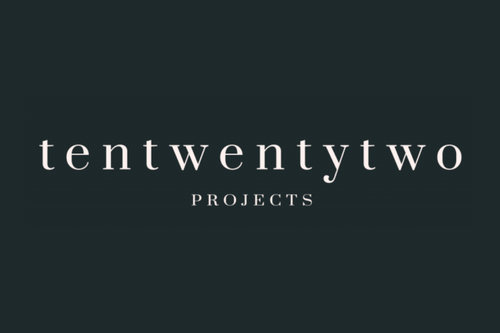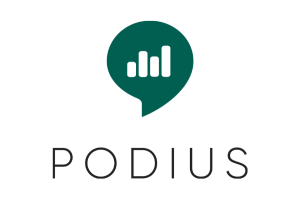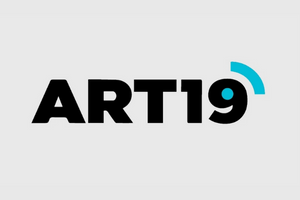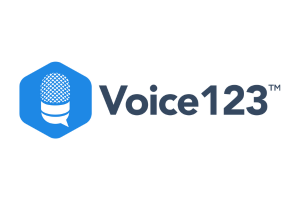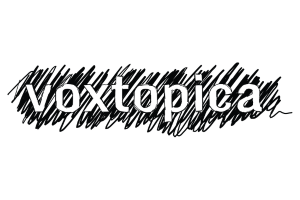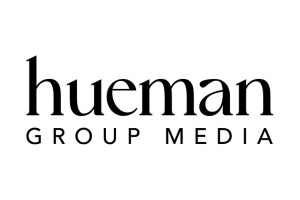The Promise of Programmatic Advertising
I can vividly remember the first time I learned about programmatic advertising. Imagine my delight as a twenty something kid, working 60+ hours a week, sleeping with my laptop under my pillow, responding to emails at 3am for proposals to potential advertisers with a turn around time of the following morning.
The pitch was: programmatic could automate the entire process.
- Banish those last minute back and forth emails.
- Smite the manual price negotiations.
- Shatter the insertion orders with thousands of unique placements and tracking pixels.
But many people conflate programmatic with real-time bidding, and that sparked concern.
- What happens to all the sellers and media planners? The ad ops and yield managers?
- What about our margins?
- How can we trust the data?
Technology can be a divisive topic, especially when people fear that it will threaten their livelihood or processes they’re comfortable with. Compound that with the ever looming uncertainty that covers the ad sales business and doubting the benefits of programmatic, and you’re left with a certifiable case of FUD.
Programmatic advertising is not here to take our jobs and eat our lunch.
The Many Faces of Programmatic
Despite popular belief, there’s more to programmatic advertising than just real-time bidding. So what are some of the different types?
Open Marketplace, or real-time bidding (RTB)
90% of the time, when someone refers to programmatic, they mean RTB. This type of programmatic focuses on filling ad requests in real time by auctioning the available inventory up to the highest bidder and instantly serving the ad. Publishers control when their inventory is made available to the open marketplace along with criteria to filter out advertisers or content they don’t want. The highest value ad gets the impression.
In most cases, it’s not clear to the buyer what inventory they’re bidding on until after they’ve won. If you’ve used Google AdWords, you’re already familiar with the open marketplace in a different medium, as it hasn’t really ventured into podcasting at scale yet.
Private Marketplace (PMP)
Take the open marketplace model above and let the publisher determine who has access to it. The buyers still compete with each other, but the pool is limited by which buyers the publisher allows into the PMP.
Preferred Deals
The buyer and publisher negotiate all terms beforehand (price, targeting, specific inventory). The buyer is not obligated to buy all the inventory they get access to in this type of deal but expectations are set when negotiating this setup. Preferred deals are transacted before opening up the inventory to PMP or RTB.
Programmatic Direct
The only difference between this and a direct deal is that both the publisher and buyer utilize the programmatic platform to execute on the deal. This is a guaranteed inventory purchase and it can even be used for host read advertisements.
Fear Agent
While not a new concept, it should be clearly said: all of advertising is driven by sales teams.
Whether that’s from the advertiser to the consumer or the inventory owner to the advertiser, it all leads to the same point. Those responsible for selling are always going to have the most concern about any changes to the way they sell. Especially if it’s something that can be viewed as commoditizing their unique offering. After all, they’re responsible for keeping companies afloat.
If you sit in on any internal conversation about programmatic advertising with a seller, you’ll hear some variation of “why would I buy the inventory directly from you when I can just buy it on a programmatic exchange?”
So let’s alleviate that fear.
Buyers aren’t asking publishers and hosting platforms to participate in programmatic so they can get access to their inventory on the open marketplace for cheap, they’re asking because programmatic is the tool they use to unify their ad buying across multiple different channels. It enables them to launch, track, and report on all of their media regardless of the channel.
When a channel fits into their existing framework, it’s easier for them to spend more money.
And that’s the ultimate goal, right? To make it easier for more buyers to purchase podcast inventory. To do that, we need to meet them with the tools they prefer to use to transact deals, which can be as simple as using programmatic direct to mimic the current direct sales process.
The easiest way to do that today is with VAST.
What is VAST
A quick crash course on VAST:
Originally built by the IAB for video (Video Ad Serving Template), recent versions include audio focused enhancements. Don’t hold your breath for them to change the name to be more inclusive.
If supported by a publisher’s podcast host, VAST tags can be used in place of the audio file normally uploaded as the ad. When the episode is played or downloaded, whoever provided the VAST tag decides what ad goes into the podcast instead of the hosting platform’s ad server. A VAST tag is a call to another ad server masquerading as an ad.
When configuring for RTB or PMP, most publishers will set up a campaign at the lowest priority with no impression cap, allowing the VAST tag fires on every single unfilled ad slot. Preferred deals likely sit at a slightly higher priority so they’re called before RTB.
If the focus is just on programmatic direct, simply treat it like building any other campaign.
The most important thing to understand about VAST is that none of the detailed tracking that VAST supports for video and streaming audio is supported for podcasting. Unfortunately it’s still confined to the same rules as a directly served ad.
Programmatic is the Hero of the Publishers
How many podcast hosting platforms can you think of right now that also offer to sell inventory? The model very clearly works as more and more hosts join the game.. It was so successful that the former audio content production company Panoply pivoted to become Megaphone, focusing heavily on this model.
Inventory is plentiful, even for big publishers and networks. So having a hosting platform act as a second seller after the publishers own ad sales team is very appealing. These hosting platforms aggregate the inventory from all their opted-in publishers, and sell it to buyers by podcast category or user targeting, reducing competition with the direct sales team.
They’re able to represent incredible amounts of inventory and have highly skilled sales and creative teams, making it a tempting offer if buyers want a wider reach. Many of these hosting companies operate in more than one country, and are adding even more: freeing up a direct sales team to focus on their home territory.
Programmatic can enable publishers to separate hosting and second seller sales while getting the best of both worlds.
Publishers could start by setting up a relationship with a partner like The Trade Desk to manage all their programmatic direct deals, providing another option for buyers to initiate direct deals. They could also easily establish relationships with ad networks like Midroll, AdLarge, and Advertisecast who could easily enter the programmatic space through preferred deals or private marketplaces, as well as with programmatic direct. Then, with whatever inventory is left over, they can test out setting up an open marketplace with Triton Digital, Adswizz, DAX, and Magnite.
Content networks would no longer have to require publishers to be on the same hosting platform, nor would they have to do manual insertion orders. They could utilize preferred deals or programmatic direct with their publishers regardless of the hosting platform they choose.
All of this can be done in compliment to the current process of direct sales.
But hosting companies who offer second seller ad sales to their publishers will face the toughest decisions. If iHeart Radio left Megaphone for a different hosting platform, do you think Megaphone would hold their ground on only working with hosted publishers? Or would they continue the relationship through programmatic, expanding their offering to publishers regardless of where they host?
Wrapping it Up
All publishers should be exploring programmatic and the freedom it provides them in selecting the right podcast hosting platform.
At a minimum they should be looking at programmatic direct as a compliment to their existing direct sales approach.
Programmatic doesn’t mean lower CPMs or only announcer-read ads, it’s just a way to transact business. The focus is on meeting buyers with the tools they use and making the purchase of podcasts inventory as easy as possible.
Start by selling it exactly like a direct sold campaign. Just less Google Docs and sticky notes.
Homework
The goal of Sounds Profitable is to educate and empower each of you. If we’ve had a chance to talk directly, you know that I am truly passionate about both adtech and podcasting. We learn through asking tough questions and discussing the answers. Armed with today’s new knowledge, I want to help you ask more questions. Please consider supporting Sounds Profitable through our Patreon.
- Does your podcast hosting provider meet all your technical and reporting needs?
- Do they support VAST?
- Does your hosting provider offer second seller opportunities for your inventory?
- If so, is this only available to publishers on their platform?
- Has your company evaluated the benefits of each of the four listed types of programmatic transactions?
- Have you determined which ones do and don’t appeal to your brand from both a technical and financial standpoint?
New Sponsors!
It’s our goal to highlight the amazing people and companies that are helping Sounds Profitable grow. This week marks our fifth newsletter, and we’d like to personally thank our latest sponsors:
Triton Digital – The global technology and services leader to the digital audio and podcast industry.
Whooshkaa – A full service, audio on demand company helping creators and brands produce, host, share, track and monetise content.
We’d also like to thank our latest three individual sponsors: Mark Chernesky of WarnedMedia; Steven Goldstein of Amplifi Media; Ryan Wilson of ShipStation
We appreciate your support!

